Search
Summary
Loading AI-generated summary based on World History Encyclopedia articles ...
Answers are generated by Perplexity AI drawing on articles from World History Encyclopedia. Please remember that artificial intelligence can make mistakes. For more detailed information, please read the source articles
Search Results

Definition
Phoenician Architecture
Phoenician architecture is typified by large temples with double-columned facades approached by a short staircase, enclosed sacred spaces containing cube-like and open-fronted shrines, and such large-scale engineering projects as dams and...
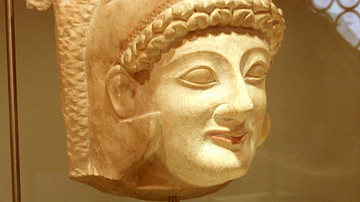
Definition
Melqart
Melqart (also Melkarth or Melicarthus) was an important Phoenician god and patron deity of the city of Tyre. Associated with the monarchy, sea, colonization, and commercial enterprise, both at home and abroad the god is a significant, if...

Definition
Ghent Altarpiece
The Ghent Altarpiece, otherwise known as The Adoration of the Mystic Lamb, is a painted panel altarpiece created in 1432 for the Vijd Chapel in the church of St. John the Baptist, now St. Bavo Cathedral in Ghent, Belgium. The work is credited...
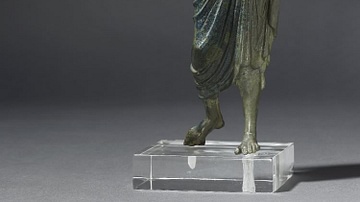
Definition
Etruscan Religion
The religion of the Etruscans, the civilization which flourished from the 8th to 3rd century BCE in central Italy, has, like many other features of the culture, long been overshadowed by that of its Greek contemporaries and Roman conquerors...
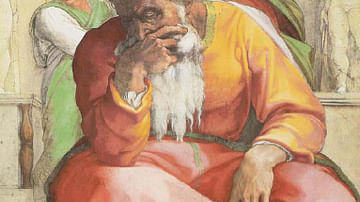
Definition
Jeremiah
Jeremiah (c. 650-570 BCE) was a major prophet of Israel in the Hebrew Bible. In addition to his book of prophecy, he is also credited with writing the Books of Kings and Lamentations (perhaps written by his scribe, Baruch). Called to prophecy...

Image
Athena Killing a Giant
Athena separates the Giant Alkyoneus from Earth (in which way he dies), while Gaia, mother of Giants rises from the ground. The goddess Nike helps Athena; Detail from the Pergamon Altar's frieze (The frieze depicts a Gigantomachy); built...
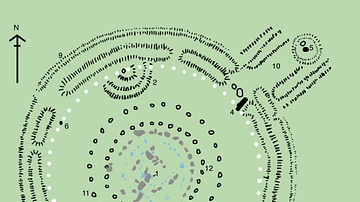
Image
Plan of Stonehenge
The site of Stonehenge as of 2004. The plan omits the trilithon lintels for clarity. Holes that no longer, or never, contained stones are shown as open circles and stones visible today are shown coloured, grey for sarsen and blue for the...
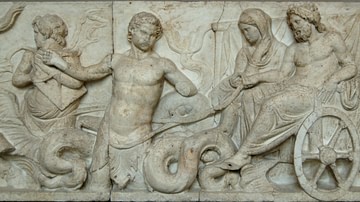
Image
The Wedding of Poseidon & Amphitrite
Poseidon and Amphitrite in the bridal carriage, drawn by two Tritons playing music, on the 'Altar of Domitius Ahenobarbus' or 'Statue Base of Marcus Antonius', relief frieze of a monumental statue group base, 2nd half of the 2nd century BCE...
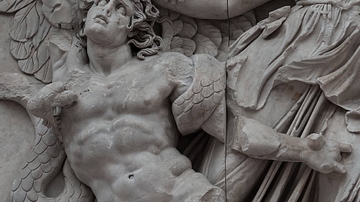
Image
Alkyoneus the Giant Killed by Athena
Detail from the Pergamon Altar's frieze (The frieze depicts the Gigantomachy); built in 2nd century BCE; Today in the Pergamon Museum in Berlin. The detail is part of a scene where Athena kills the giant by separating him from the Earth.
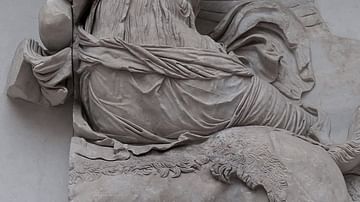
Image
Selene
The moon goddess Selene is riding on her mule over one of the giants. Detail from the Pergamon Altar's frieze (The frieze depicts the Gigantomachy); built in 2nd century BCE; Today in the Pergamon Museum in Berlin.